
ChatGPT, developed by OpenAI, is one of the most advanced conversational AI models available today. With over 175 billion parameters, it is designed to understand and conversationally respond to natural language input.
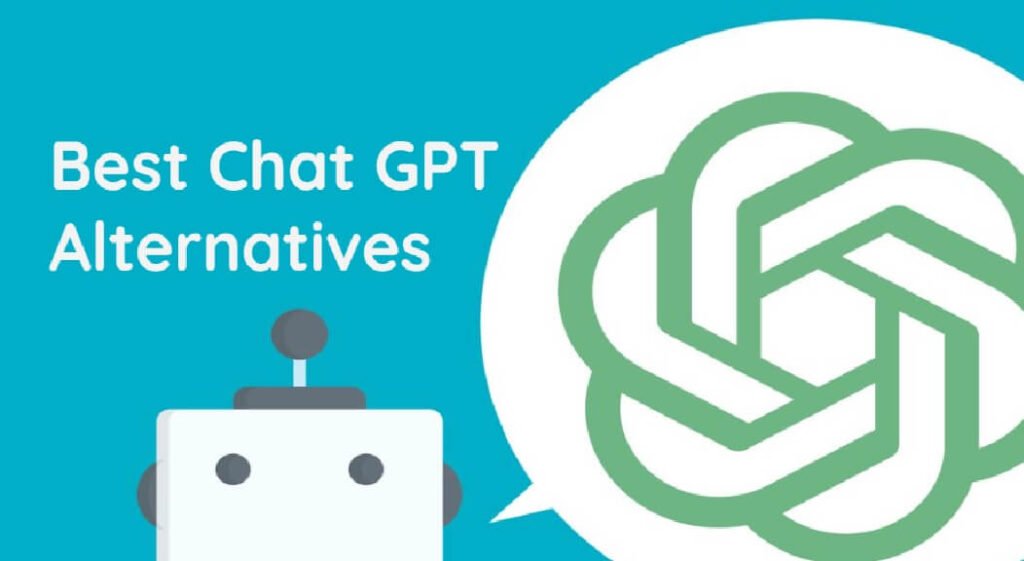
However, several other platforms offer similar capabilities and can be used as alternatives to ChatGPT. This blog post will closely examine some of the best ChatGPT alternatives and how they compare. Looking for a ChatGPT Alternative? Check out our list of the best AI chatbots, including the detail of each one. Find the perfect chatbot for your needs today
Amazon Lex:
Amazon Lex is an AI-powered chatbot builder that uses natural language processing (NLP) to understand and respond to user input. It offers many features, including speech recognition, text-to-speech, and sentiment analysis. Amazon Lex is integrated with other AWS services, making deploying chatbots on various platforms easy.
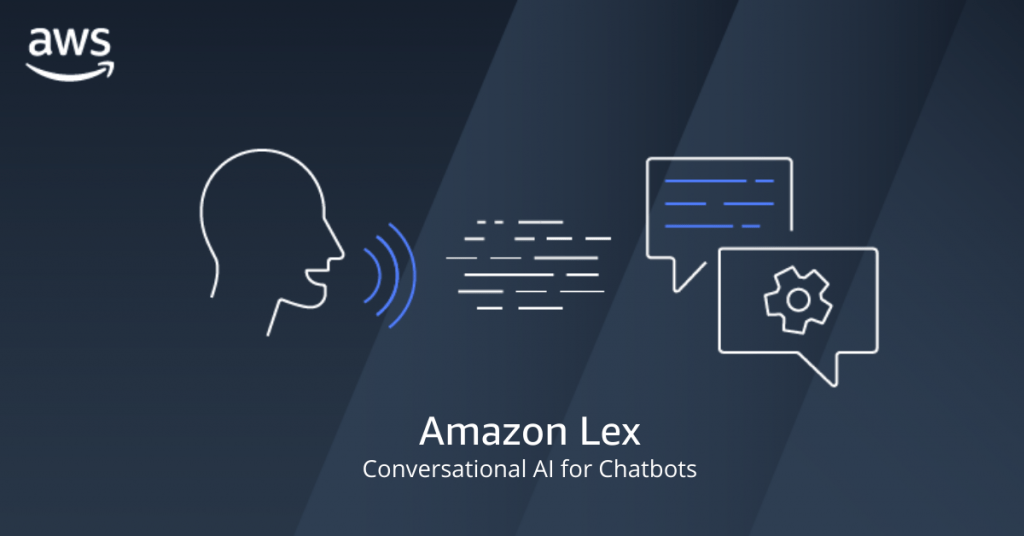
One of the key benefits of Amazon Lex is its scalability. It can handle high traffic volumes and easily integrate with other AWS services such as Lambda, S3, and DynamoDB. Amazon Lex also provides a web-based console that enables developers to easily create, deploy, and manage chatbots without extensive programming knowledge.
Also, See This: How to Fix the ChatGPT Network Error in 2023
Microsoft Bot Framework:
The Microsoft Bot Framework is a set of tools and services for building conversational AI solutions, including chatbots and voice assistants. It offers many features, including NLP, sentiment analysis, and speech recognition. The Bot Framework can be integrated with other Microsoft services, including Azure and Office 365, making deploying chatbots on various platforms easy.
One of the key benefits of the Microsoft Bot Framework is its flexibility. It provides developers with various options for building and deploying chatbots, including using pre-built templates, customizing existing templates, or building from scratch. Additionally, the Bot Framework offers extensive documentation and support, making it easy for developers to get started.
OpenAI GPT-3:
OpenAI GPT-3 is a state-of-the-art language processing AI model that has gained much attention. Developed by OpenAI, the GPT-3 is the most powerful and versatile language model, with 175 billion parameters. It can complete texts, write articles, translate languages, answer questions, and create unique content. This blog will explore the features, applications, and impact of OpenAI GPT-3.
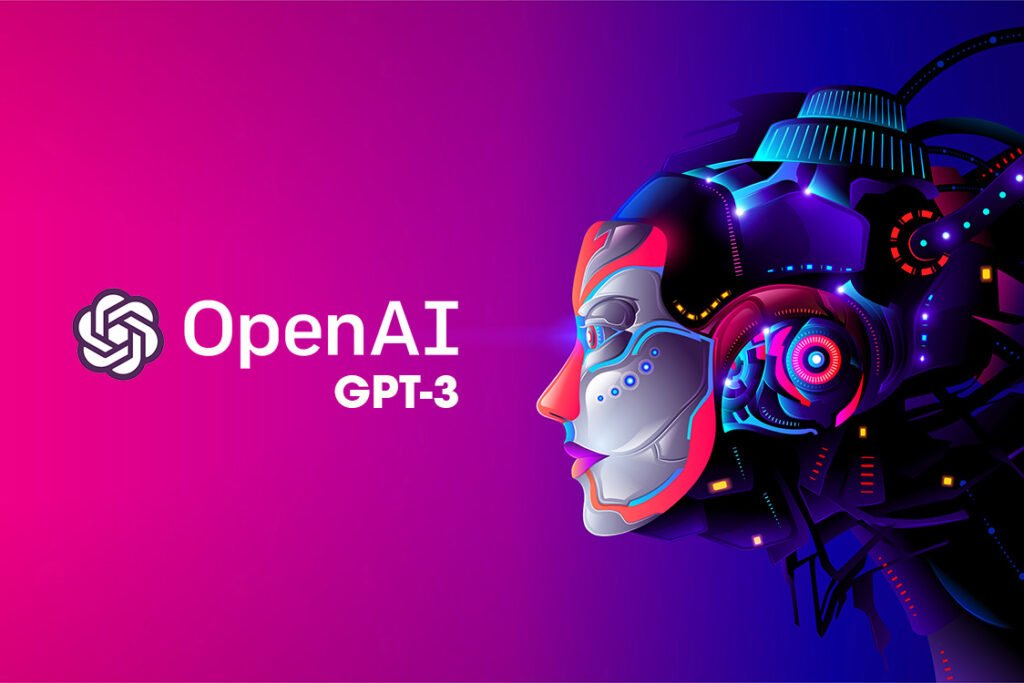
Features of OpenAI GPT-3
- OpenAI GPT-3 is a neural network trained on massive amounts of text data. It has the following features:
- Natural Language Generation: GPT-3 can generate highly accurate and fluently human-like text. It can write essays, poems, stories, and other forms of written content.
- It can translate over 50 languages, making it a valuable tool for international communication.
- Question Answering: GPT-3 can answer many factual, opinion-based, and open-ended questions. It can also provide contextual information to support its answers.
- Chatbots and Conversational Agents: GPT-3 can be used to create chatbots and conversational agents that can communicate with humans naturally and engagingly.
Also, See This: How To Use ChatGPT To Write Code in 2023
Google’s BERT:
Google’s Bidirectional Encoder Representations from Transformers, or BERT for short, is a pre-training language model that Google introduced in 2018. It is a significant breakthrough in natural language processing (NLP) and has since become one of the most widely used models for various NLP tasks.
BERT is a deep neural network model that utilizes transformer architecture, which allows it to learn the context and meaning of words in a sentence. The key innovation in BERT is its ability to pre-train vast amounts of unstructured text data using two unsupervised tasks: masked language modeling (MLM) and next sentence prediction (NSP).
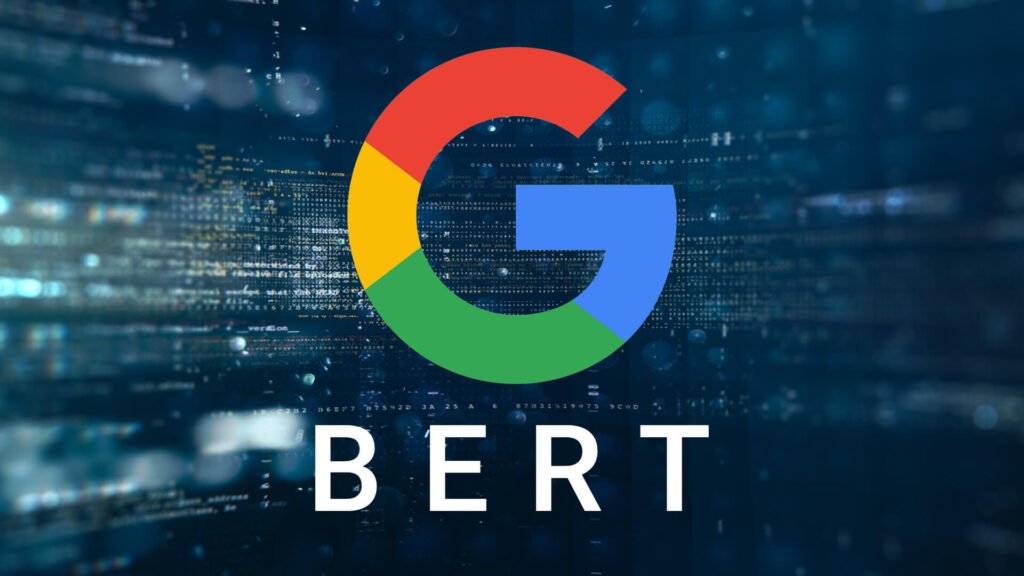
In the MLM task, BERT is trained to predict the masked words in a sentence, which helps it learn the context and relationship between words in a sentence. In the NSP task, BERT is trained to predict whether two sentences are logically connected. This allows BERT to understand the sentence’s relationship and provide more meaningful insights.
BERT is a “bidirectional” model, which means it can process the entire sentence in both directions, unlike previous models, which could only process the sentence in one direction. This bidirectional approach enables BERT to better understand the context and meaning of words.
One of the main advantages of BERT is its ability to transfer knowledge to various NLP tasks. It can achieve state-of-the-art results by fine-tuning the pre-trained BERT model on specific NLP tasks, such as sentiment analysis or question answering.
Also, See This: The Best Chrome OS Alternatives You Can Try In 2023
Microsoft’s MT-DNN:
Microsoft’s Multi-Task Deep Neural Network (MT-DNN) is a deep learning model that has gained popularity for its ability to simultaneously perform multiple natural language processing (NLP) tasks. MT-DNN is a powerful tool that can perform tasks like text classification, question answering, sentiment analysis, and more.
MT-DNN is based on transformer architecture, which has revolutionized the field of NLP in recent years. The transformer architecture is known for effectively capturing long-range dependencies in sequential data, such as text. This makes it ideal for NLP tasks, where understanding the context of words and phrases is critical.
One of the key features of MT-DNN is its ability to share information between different tasks, allowing it to learn from multiple data sources simultaneously. This is achieved through a multi-task learning approach, where the model is trained on multiple NLP tasks simultaneously. This approach allows the model to learn more efficiently, as the shared information can help the model learn better text representations.
MT-DNN has achieved state-of-the-art performance on various NLP tasks, including sentiment analysis, natural language inference, and question-answering. It has also been used in several applications, including chatbots, language translation, and customer service automation. Overall, MT-DNN is a powerful tool for NLP that has proven effective.
Hugging Face’s Transformers:
Hugging Face’s Transformers is an open-source library for natural language processing (NLP) developed by Hugging Face, a company dedicated to advancing the field of artificial intelligence (AI) by developing cutting-edge tools and technologies.
The library is built on top of PyTorch and TensorFlow and provides a simple and intuitive API for implementing state-of-the-art NLP models, such as BERT, GPT-2, and Roberta. It allows developers to easily fine-tune these models for specific NLP tasks, such as sentiment analysis, named entity recognition, and machine translation.
Transformers has become one of the most popular libraries for NLP, with a large and active community of contributors and users. Its success can be attributed to its simplicity, flexibility, and performance.
One of the key features of Transformers is its support for transfer learning, which allows developers to leverage pre-trained language models to improve the performance of their NLP tasks with fewer data and training time. Additionally, it provides a wide range of tools and utilities for data preprocessing, model evaluation, and visualization, making it a complete solution for NLP development.
In summary, Hugging Face’s Transformers is essential for anyone working in NLP, providing a powerful and easy-to-use library for building and fine-tuning state-of-the-art models. Its popularity and active community are a testament to its effectiveness and versatility.
Conclusion
In conclusion, there are several alternatives to ChatGPT available for those seeking a language model for various applications. These alternatives vary in architecture, features, and capabilities, and it is essential to carefully consider the requirements of your project before selecting the most suitable option.
Some notable alternatives to ChatGPT include BERT, GPT-2, XLNet, and T5, which are all highly regarded in natural language processing. Each of these models has its strengths and weaknesses, and it is crucial to evaluate them based on their performance in specific tasks, computational efficiency, and ease of use.
Ultimately, the choice of which language model to use will depend on your project’s particular requirements, including the task’s complexity, the dataset’s size, and the available computing resources. With the rapid advancements in machine learning and natural language processing, there is no doubt that we will see even more innovative and powerful language models emerge in the future.








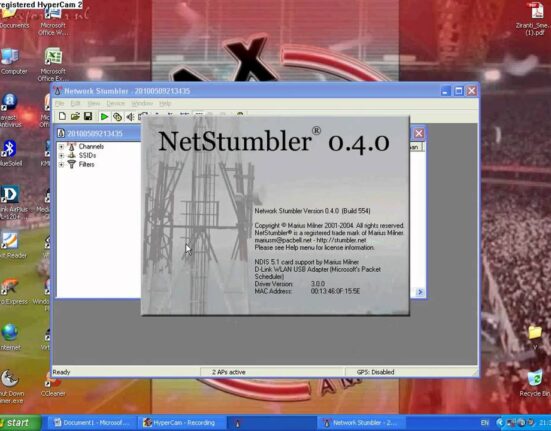
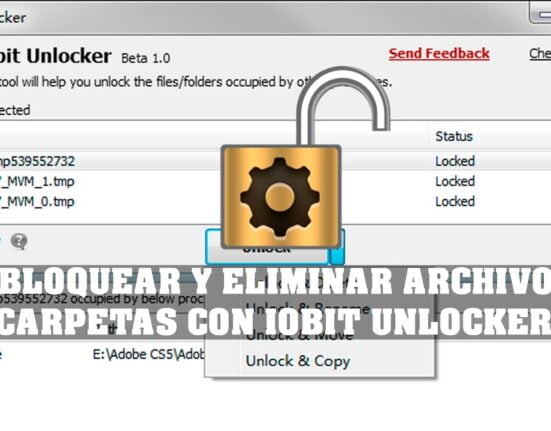
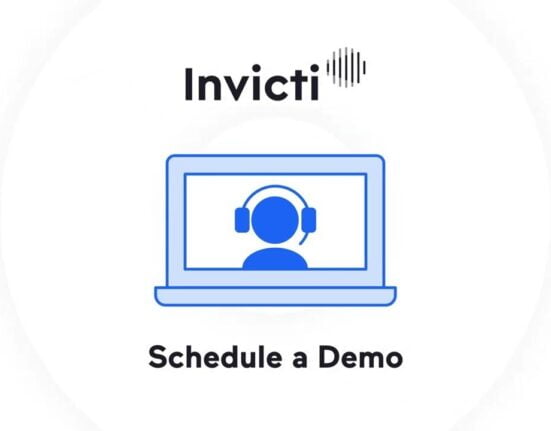
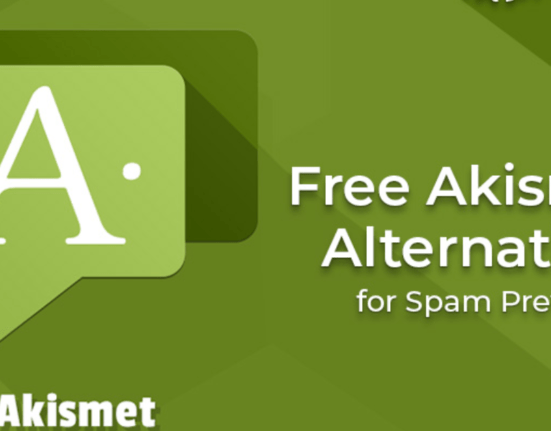

Leave feedback about this